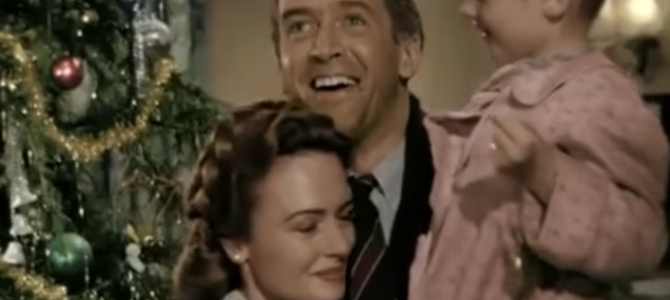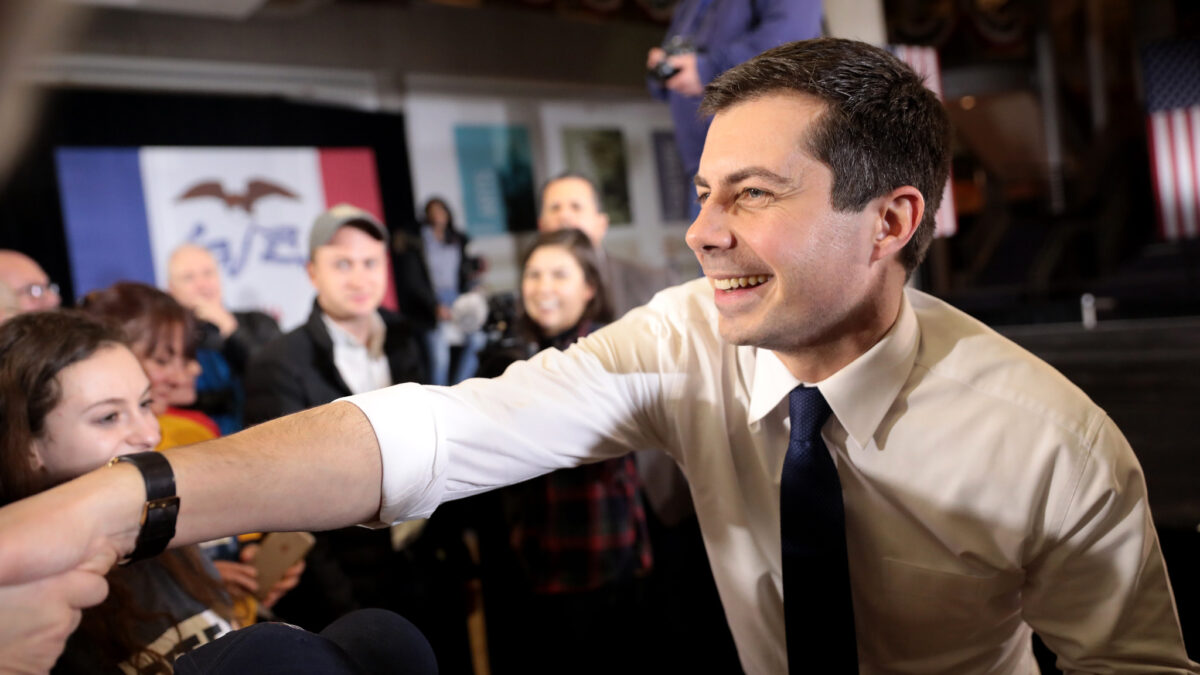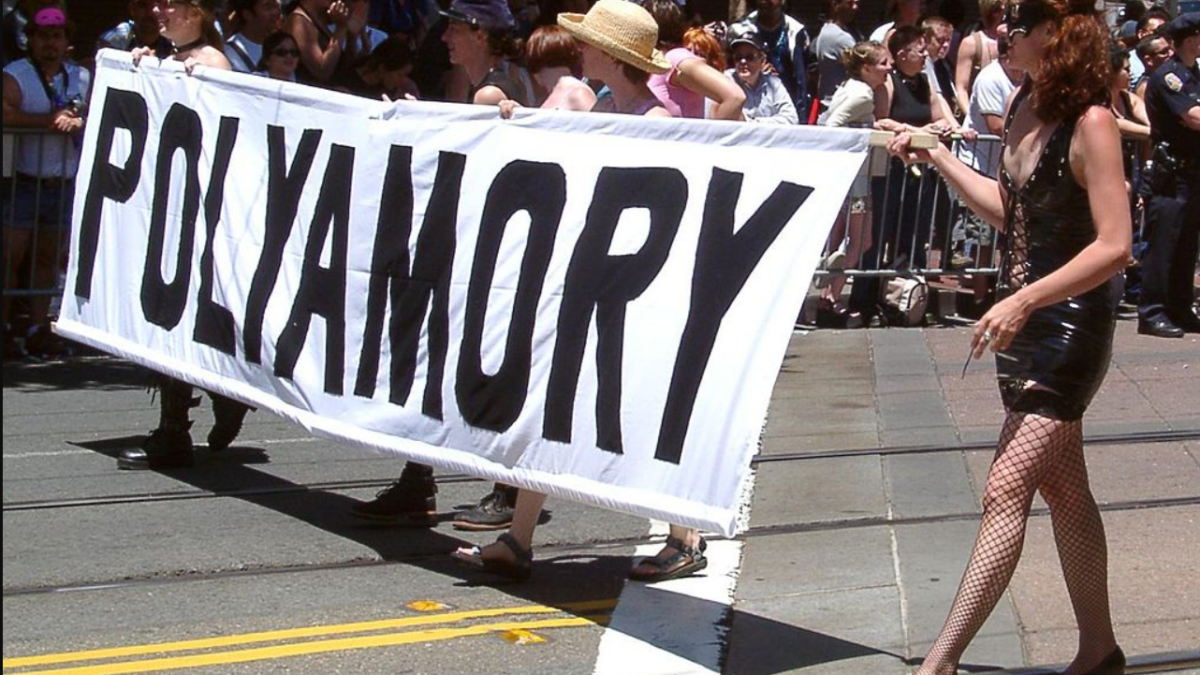
“Celebrity” is lately becoming more and more synonymous with “easily-offended hypocrite who lectures fans to find a sense of self-morality.” Leonardo DiCaprio and Prince Harry shame us about climate change from private jets, while Harry Styles wears dresses to teach us about masculinity and Michelle Williams congratulates herself for killing her unborn child in the name of her career.
There’s an ongoing epidemic of selfishness in Tinseltown. Wouldn’t it be refreshing if more stars found something other than themselves to worship?
Maybe that’s part of what made the nation fall in love with Jimmy Stewart. From setting aside his thriving movie career to fly bombers in World War II to tending a happy, lifelong marriage, Stewart set an example that was rare in his time and even rarer today.
From The Box Office To Bombing Missions
Born to the owner of a Pennsylvania hardware store in 1908, Stewart went to Princeton University before starting his career on Broadway. From New York, he went to Hollywood and began a thriving film career with enduring hits like “Mr. Smith Goes to Washington” and “The Philadelphia Story.”
Despite his promising successes, Stewart left Hollywood for the Army. The military had previously rejected him for being underweight, but he worked to gain weight and successfully enlisted in March 1941, months before the United States even entered World War II. He was the first major American film star to enlist in the war.
Author Robert Matzen recounts Louis Mayer, co-founder of Metro-Goldwyn-Mayer studios, trying to convince Stewart not to give up his film career for military service. “You’re just giving up this wonderful screen career,” Mayer said. “You’ll regret it.”
“This country’s conscience is bigger than all the studios in Hollywood put together,” Stewart replied.
Stewart began as a private, but with his pilot’s license he eventually became a bomber pilot and was a colonel by the end of the war. Years later, in the Air Force Reserves, Stewart would become a brigadier general. During the war, he flew B-24 bombers, completing 20 combat missions in Europe. In 1943, he commanded the 703rd Bomb Squadron in England.
“It’s A Wonderful Life” was the first movie Stewart made after his wartime service. While post-traumatic stress disorder was not diagnosed as such at the time, Stewart’s biographer Robert Matzen has suggested he was suffering from PTSD during filming, which strongly influenced his portrayal of George Bailey’s struggles.
At one point in the movie, a desperate Bailey drinks despondently in a bar, crying, “I’m not a praying man, but if you’re up there and you can hear me, show me the way. I’m at the end of my rope.” Afterward, Stewart said the breakdown was unscripted. “As I said those words, I felt the loneliness, the hopelessness of people who had nowhere to turn,” he remembered in 1977. “I broke down sobbing. That was not planned at all.”
Military service’s emotional toll on Stewart didn’t end there. His 24-year-old stepson Ronald was killed in action in the Vietnam War. But his death didn’t leave the Stewart family with regrets about his service. “His mother and I are proud that he served his country,” Stewart said. “We don`t look at it as a tragedy. The tragedy was that our boy and so many like him were sacrificed without having a unified country behind them.”
Military service in the Stewart family extended past Jimmy and Ronald. The movie star’s great-great-great-grandfather Fergus Moorehead fought in the American Revolution, and his grandfather was a Civil War general. Additionally, his father served in World War I and the Spanish-American War.
A Wonderful (Family) Life
Hollywood isn’t known for happy (or long-lasting) marriages, but the Stewarts broke the mold. After years of brushing off the idea of settling down, Stewart met Gloria Hatrick McLean, a model and actress who had worked as an ambulance driver during the war. They married in 1949, and their marriage lasted until Gloria’s death 45 years later. In contrast to most Hollywood unions, a magazine in the 1980s labeled their relationship “Dream Factory’s outstanding marriage.”
Gloria would say that her husband “likes nothing better than to spend an evening at home,” and that he was “too normal to be an actor.” Jimmy once told director Frank Capra that his marriage was “darn good,” and that he reckoned it was simply “because Gloria and I really like each other.”
The Stewarts also raised four children together: two sons from Gloria’s previous marriage and two twin daughters. Daughter Kelly Stewart-Harcourt reflected that her father “taught us to do the right thing, without ever sitting us down and telling us to do the right thing.”
“My parents were incredibly unpretentious,” she continued, adding that her father was often answering fan mail and never declined to give an autograph. Once, the Stewarts were guests of President and Nancy Reagan at an event. When a cabinet member’s wife asked Stewart for an autograph, he replied, “Are you sure you want mine with all these really important people here?”
Reagan awarded Stewart the Medal of Freedom in 1985, calling the actor “an American boy who grew to a glorious manhood, but never lost his sense of wonder or his innocence.” Stewart was once asked in a documentary what kind of man he wanted to be remembered as. “A guy who believed in hard work, and decent values, love of country, love of family, love of community, love of God,” he responded.
Commenting on Stewart’s on-screen authenticity, co-star Kim Novak asked, “How often can you find somebody who’s spent his whole life in Hollywood but represents so much of America?” The answer today is, very rarely. But from the 1930s up until his death in 1997, you had to look no further than Jimmy Stewart.









